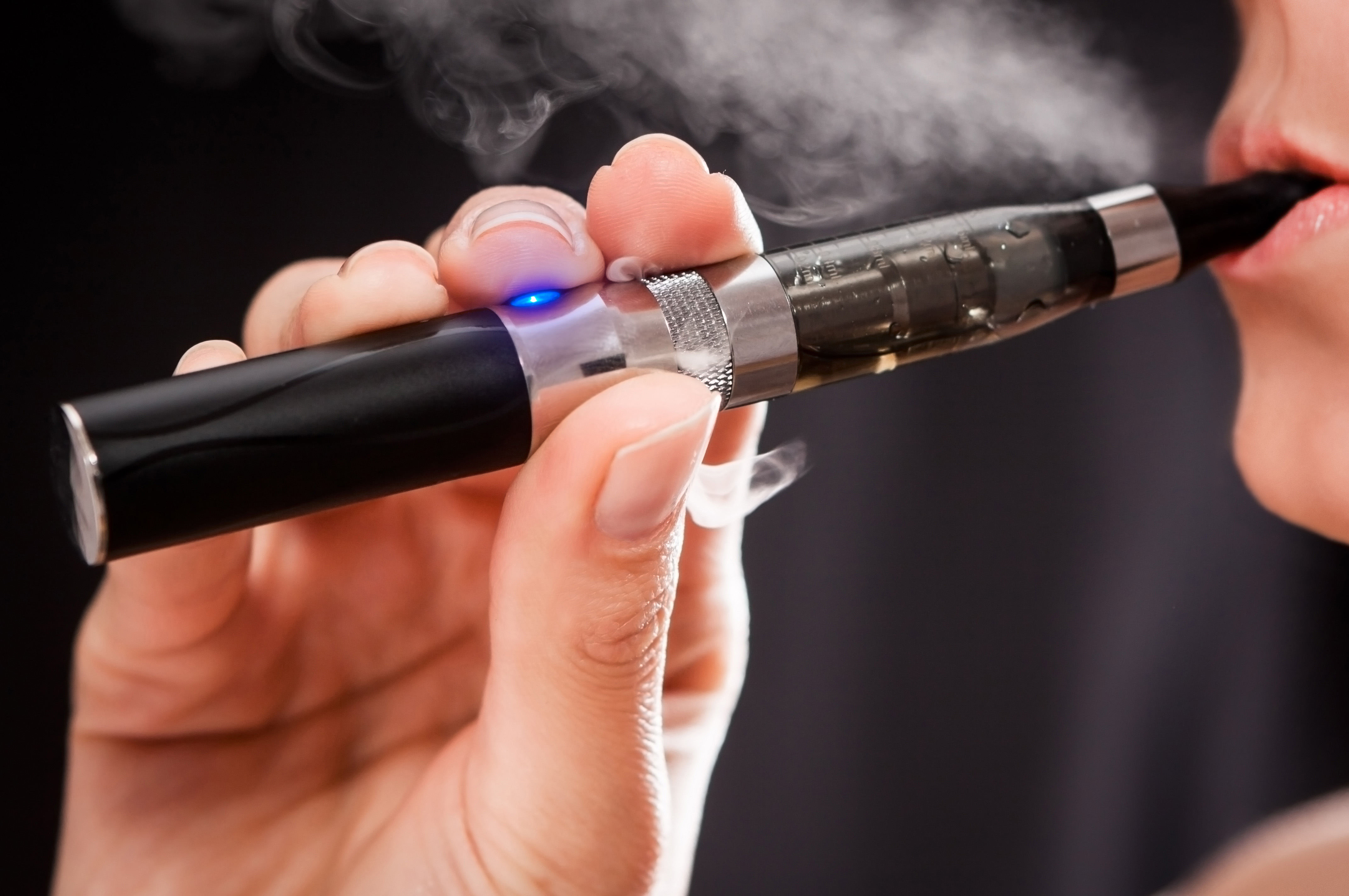
Electronic Cigarette Safe or Hazard
One of the fastest growing habits in America is also a cause for concern. Electronic cigarettes have exploded into the consumer market, offering what manufacturers and advertisers claim is a “safe” alternative to conventional tobacco use. The latest data indicate that 20.1% of adult smokers tried e-cigarettes in 2011, and the rate of middle school and high school children who tried them doubled between 2011 and 2012 (from 3.3 to 6.8%).
The primary challenge for the healthcare experts is the lack of empirical studies to determine what long-term consequences may exist from continues e-cigarette use, including to someone’s oral health. Although the number of chemicals produced by e-cigarettes is lower than smoking tobacco, the introduction of chemicals to your mouth still includes potentially dangerous combinations of formaldehyde, nickel, cadmium, aluminum, silicon and lead.
There are a number of studies and initiatives currently funded by the National Institute of Health (NIH) aimed at assessing the impact of the aerosol mixtures that e-cigarettes use. Specifically, the NIH studies seek to determine the types of chemicals produced, the effects of those mixtures of cell epithelia (such as toxicity, possible mutations and cell death), and the short and long-term impact to oral homeostasis (essentially the balance of your oral health).
Our team wishes to caution e-cigarette users and parents of teenagers who may view e-cigarettes as a safe alternative to smoking. We applaud any tobacco user for exploring ways to quit smoking, but a variety of safer and proven options exist, including transdermal nicotine patches and gum. This new electronic cigarette trend may be here to stay, but so may its consequences. As the studies generate findings, the Eureka Dental team will keep our clients and community informed!
Reference:

